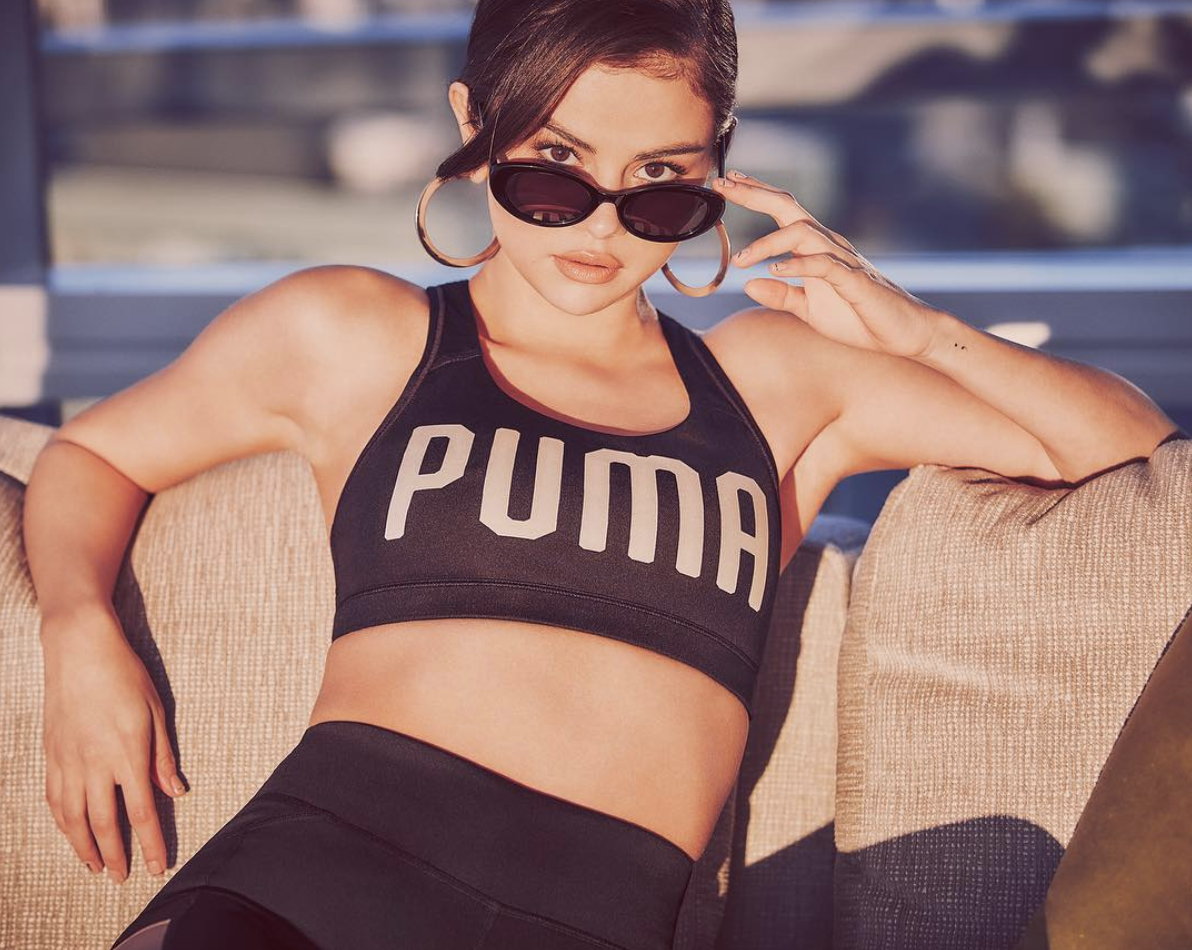The Cost-Effective Power of Influencer Marketing
In today's digital landscape, influencer marketing has emerged as an incredibly cost-effective alternative to traditional advertising methods. By partnering with influencers, brands can leverage their established audience, authenticity, and creative skills, while significantly reducing costs compared to engaging production companies, talent, and ad agencies. In this article, we will dive into the economics of influencer marketing and demonstrate its cost-effectiveness through pricing breakdown and chart comparisons.
The Budget Breakdown
When comparing influencer marketing with traditional advertising methods, it is crucial to examine the costs associated with each approach. Let's consider a hypothetical campaign budget and analyze the expenses for both scenarios.
Influencer Marketing:
Influencer fees: $5,000
Additional costs (editing tools, props, etc.): $500
Total: $5,500
Traditional Advertising:
Production company: $15,000
Talent fees: $10,000
Ad agency fees: $10,000
Total: $35,000
As evidenced by the budget breakdown, influencer marketing can save brands a considerable amount of money. In this example, the influencer marketing campaign costs $5,500, while the traditional advertising campaign amounts to $35,000. This cost difference highlights the financial advantages of utilizing influencers for marketing purposes.
The Return on Investment (ROI)
Influencer marketing offers a unique opportunity to maximize ROI by leveraging the trust and engagement that influencers have with their audiences. When an influencer endorses a product or service, their followers are more likely to view it as a genuine recommendation and consider purchasing it. This increased trust can lead to higher conversion rates and ultimately a greater return on investment for the brand.
In addition to the trust factor, influencers often create engaging and shareable content, which can lead to increased organic reach and improved ROI. The content created by influencers is more likely to be shared by their followers, expanding the brand's reach and exposure beyond the initial target audience. This organic growth can result in a snowball effect, where the content reaches more and more potential customers, driving up the overall ROI for the campaign.
The Versatility and Diversity of Influencers
One of the key advantages of influencer marketing is the ability to tap into diverse influencers with different audiences, interests, and content styles. This versatility allows brands to reach multiple target markets and demographics more effectively than traditional advertising methods.
For example, a brand could partner with a fitness influencer to target health-conscious consumers, while also working with a beauty influencer to reach fashion and beauty enthusiasts. This approach enables the brand to engage multiple niches and demographics without diluting their messaging or overspending on a single campaign.
Moreover, the diverse nature of influencers ensures that brands can find the perfect match for their specific needs, whether that is reaching a niche audience or generating buzz around a product launch. This flexibility is a significant advantage over traditional advertising, where the content and messaging are often more rigid and less adaptable to different markets.
A Price Breakdown and Chart Comparison
To further illustrate the cost-effectiveness of influencer marketing, we've created a chart comparing the costs of influencer marketing and traditional advertising.
| Expense Category | Influencer Marketing | Traditional Advertising |
|--------------------|----------------------|------------|
| Production | $0 | $15,000
| Talent | $5,000 | $10,000
| Ad Agency | $0 | $10,000
| Misc. Costs | $500 | $0
| Total | $5,500 | $35,000
As the chart demonstrates, influencer marketing is significantly more cost-effective than traditional advertising methods. Brands can save thousands of dollars by leveraging the power of influencers and their established audiences.
In conclusion, influencer marketing presents a cost-effective and efficient solution for brands seeking to maximize their marketing budgets. By partnering with influencers, brands can reach a diverse and engaged audience, while also benefiting from reduced costs and increased ROI. As more companies recognize the advantages of influencer marketing, this strategy will continue to grow in popularity and reshape the advertising landscape.
7-Figure Influencer vs. 30-Second Commercial
Let's consider a hypothetical campaign budget and analyze the expenses associated with engaging a 7-figure influencer versus producing a typical 30-second commercial.
Influencer Marketing (7-Figure Influencer):
Influencer fees: $100,000
Additional costs (editing tools, props, etc.): $1,000
Total: $101,000
Traditional 30-Second Commercial:
Production costs: $150,000
Talent fees: $25,000
Ad agency fees: $20,000
Media placement costs: $100,000
Total: $295,000
As shown in the price comparison, even when working with a high-profile 7-figure influencer, brands can still save a substantial amount of money compared to producing and airing a typical 30-second commercial. In this example, the influencer marketing campaign costs $101,000, while the 30-second commercial campaign amounts to $295,000. This price difference highlights the potential cost savings and overall efficiency of influencer marketing as an alternative to traditional advertising.
30 Micro-Influencers vs. Jennifer Aniston Brand Campaign
For this comparison, let's consider a hypothetical budget for a brand campaign working with 30 micro-influencers versus engaging a high-profile celebrity for a high-profile brand campaign. We'll use real examples to illustrate the potential cost and ROI differences.
Micro-Influencer Campaign:
For this example, let's assume we're working with 30 micro-influencers, each with a follower count of 30,000 to 100,000. Micro-influencers typically charge between $200 to $1,000 per post, depending on their audience size and engagement rate. Let's assume an average fee of $500 per influencer.
Influencer fees (30 x $500): $15,000
Additional costs (campaign management, etc.): $5,000
Total: $20,000
High-Profile Celebrity Campaign: Jennifer Aniston
For a high-profile celebrity campaign, let's use the example of Jennifer Aniston's endorsement deal with Aveeno, which reportedly cost the company around $10 million per year.
Celebrity endorsement fee: $10,000,000
Additional costs (production, ad agency, etc.): $500,000
Total: $10,500,000
ROI Comparison:
In this hypothetical scenario, the micro-influencer campaign costs $20,000, while the high-profile celebrity campaign costs $10,500,000. While the celebrity campaign may offer a significant amount of brand exposure, the micro-influencer campaign can potentially generate a higher ROI for several reasons:
Higher engagement: Micro-influencers often have higher engagement rates compared to celebrities, as their followers view them as more relatable and trustworthy. This increased engagement can lead to higher conversion rates, boosting the overall ROI.
Niche targeting: By working with 30 different micro-influencers, a brand can reach a wide variety of niches and demographics, catering to different segments of their target audience. This tailored approach can improve the campaign's effectiveness and ultimately result in a higher ROI.
Cost-effectiveness: The significantly lower cost of the micro-influencer campaign allows brands to allocate resources to other marketing efforts, increasing the overall ROI of their marketing budget.
Organic reach: Micro-influencers often create shareable content that resonates with their followers, resulting in increased organic reach and exposure for the brand. This can lead to a snowball effect, with the content reaching more and more potential customers, further improving the campaign's ROI.
While high-profile celebrity campaigns can offer substantial brand exposure, working with a larger number of micro-influencers can potentially yield a higher ROI due to their increased engagement, niche targeting, cost-effectiveness, and organic reach.
Let's revise the comparison using a prominent social media influencer instead of a celebrity:
TikTok Influencer vs. Celeb Influencer vs. Ad Campaign
Influencer Campaign: Charli D'Amelio
Charli D'Amelio is a famous TikTok influencer known for her dance videos, with over 100 million followers on the platform. Her estimated fee for a sponsored post is around $100,000. Collaborating with Charli D'Amelio can provide a brand with massive exposure and engagement from her dedicated fanbase.
High-Profile Celebrity Campaign: Selena Gomez
Selena Gomez, a well-known celebrity with over 200 million followers on Instagram, has endorsed various brands in the past. A high-profile celebrity like Selena Gomez may charge around $5 million for a TV commercial, including production costs, talent fees, and advertising expenses.
Regular Ad Campaign:
A regular ad campaign may include a mix of TV, print, and digital advertising. The budget for a medium-scale ad campaign could be around $1 million, including production costs, media buys, and agency fees.
Comparing the three campaigns:
Charli D'Amelio's influencer campaign costs $100,000, with the potential to reach her 100+ million followers on TikTok. This campaign offers the brand exposure to a highly engaged audience that's likely to trust Charli's recommendations.
Selena Gomez's high-profile celebrity campaign costs $5 million, which is significantly higher than Charli D'Amelio's influencer campaign. While this campaign may offer a broader reach, the ROI may not be as high due to the higher costs involved.
The regular ad campaign, costing $1 million, offers a mix of advertising channels. However, the ROI might not be as high as Charli's influencer campaign due to less personal engagement and less-targeted audience exposure.
In conclusion, influencer marketing has proven to be a cost-effective and high-ROI strategy for brands looking to reach their target audience. Comparing the budgets and outcomes of campaigns using influencers versus high-profile celebrities or traditional ad campaigns highlights the significant savings and potential returns that brands can enjoy by collaborating with influencers. As more and more marketers recognize the value of working with influencers, it is crucial to find the right influencers for your brand, establish clear campaign goals, and build lasting partnerships. By doing so, you'll be able to maximize your marketing budget and achieve the desired impact in today's competitive digital landscape.






